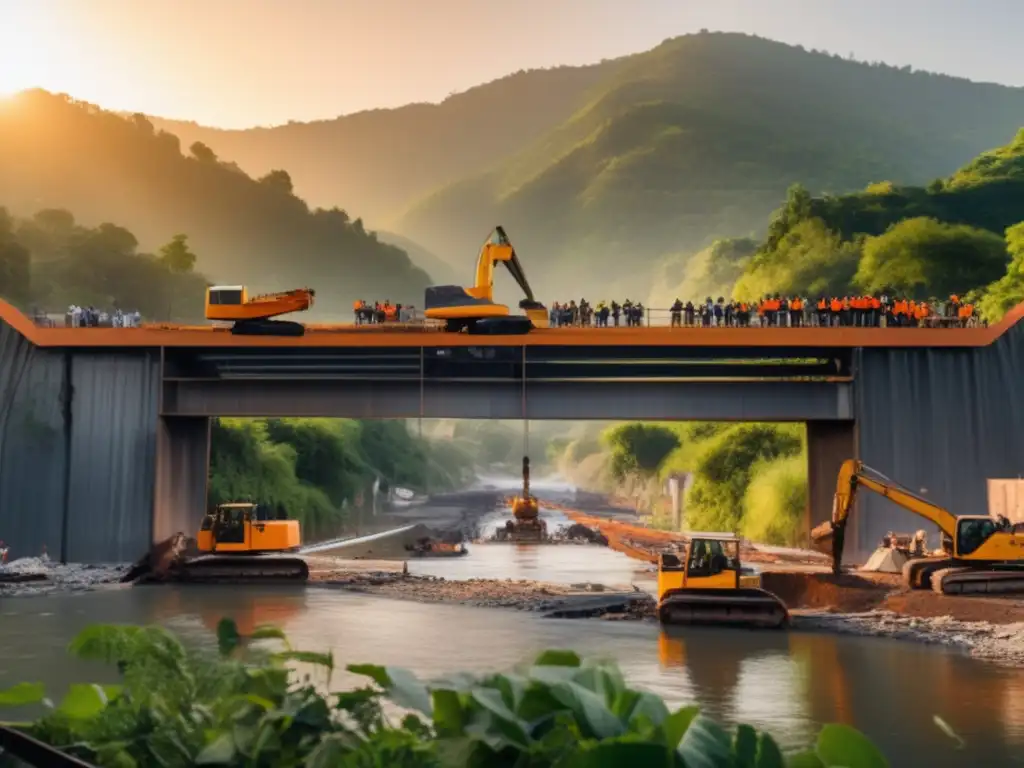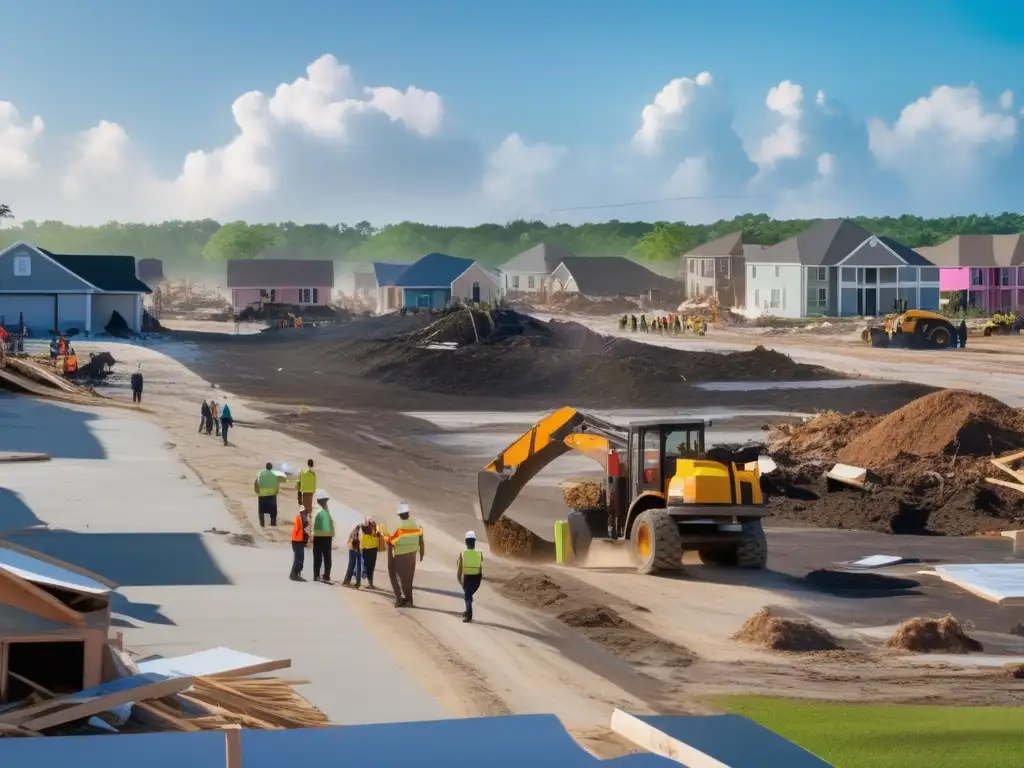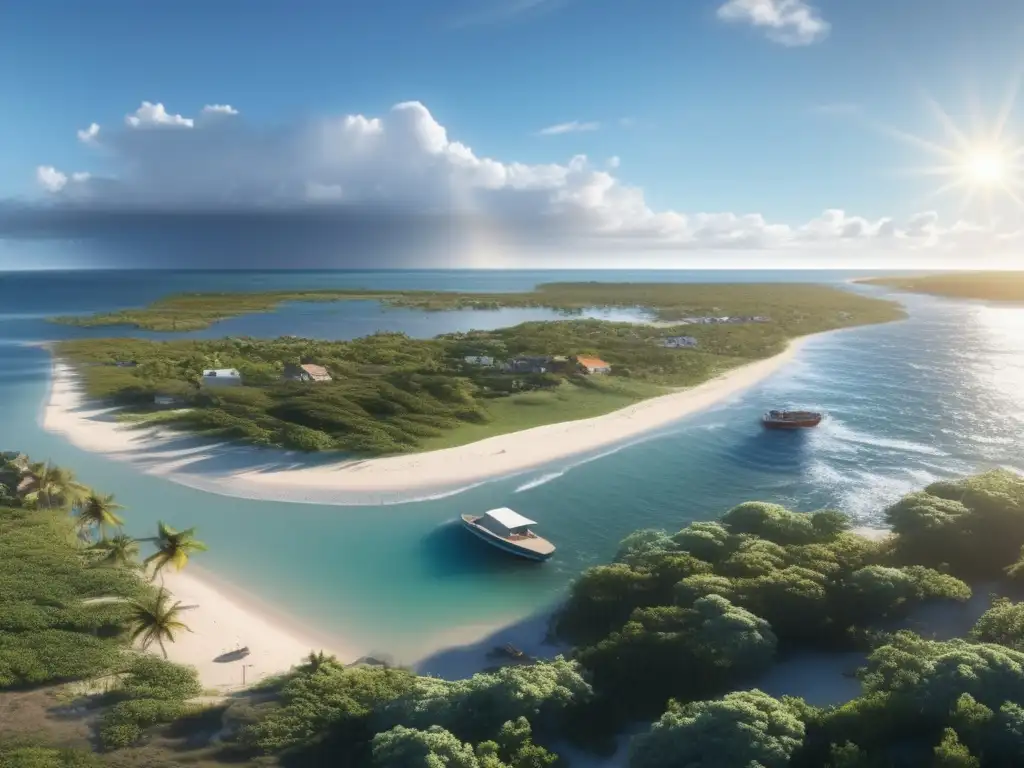Rebuilding Infrastructure: Roads And Bridges Post-Hurricane

Rebuilding Infrastructure: Roads and Bridges Post-Hurricane
Introduction
In the aftermath of a hurricane, one of the most significant challenges is rebuilding infrastructure. Roads and bridges are essential components of any community's infrastructure, and their destruction can have a devastating impact on the local economy, transportation systems, and overall quality of life for residents. In this article, we will explore the unique challenges involved in rebuilding roads and bridges after a hurricane and provide practical information that can help communities get back on their feet.
The Importance of Roads and Bridges

Transportation Systems
Roads and bridges play a crucial role in connecting people with essential services, including emergency services, healthcare, and food supplies. When these systems are disrupted due to hurricane damage, it can have severe consequences for those in need of assistance.
Economy
From transporting goods to enabling commuting, roads and bridges are essential for the operation and growth of any local economy. Damaged infrastructure hinders the ability of businesses to function effectively, leading to job losses, reduced economic activity, and longer-term impacts on local economies.
Tourism
In areas where tourism is a significant source of income, the damage to roads and bridges can have a severe impact on the industry. Travelers may avoid visiting an area that has been hit by a hurricane for fear of limited transportation options or poor infrastructure. This can result in significant revenue loss for local businesses in the tourism industry.
Challenges of Rebuilding Roads and Bridges Post-Hurricane

Damage Assessment
The first step in rebuilding roads and bridges is assessing the extent and type of damage that has occurred. This assessment must be comprehensive and performed by experts to ensure that all damages have been identified and the appropriate repairs can be made.
Access to Materials and Equipment
The availability of materials, equipment, and skilled labor is critical in rebuilding infrastructure. Hurricanes can cause widespread damage and destruction, leading to shortages and increased competition for these resources. This makes it difficult for communities to secure the necessary materials and labor at a reasonable cost.
Permitting and Regulations
Rebuilding roads and bridges after a hurricane requires complying with local and federal regulations, including obtaining necessary permits and adhering to safety standards. These regulations can delay the rebuilding process and add significant costs to the project.
Strategies for Rebuilding Roads and Bridges Post-Hurricane

Rapid Response
One strategy for rebuilding infrastructure quickly is to deploy a rapid response team after the hurricane has passed. These teams are composed of experts in various fields and can quickly assess the damage and begin repairs, providing effective support during the initial stages of recovery.
Public-Private Partnerships
Another approach is to establish partnerships between public and private entities to share resources and expertise. This can lead to more efficient and effective rebuilding efforts, as well as potential cost savings for communities.
Resilient Design
Rebuilding roads and bridges with resilient design principles can help mitigate the impact of future hurricanes. This includes using durable materials, elevating structures, and implementing drainage systems designed to handle extreme weather events.
Frequently Asked Questions

-
How long does it take to rebuild roads and bridges after a hurricane?
The time it takes to rebuild roads and bridges after a hurricane varies depending on the extent of the damage and available resources. It can take months or even years for infrastructure to be fully restored.
-
Who is responsible for rebuilding roads and bridges after a hurricane?
The responsibility for rebuilding infrastructure after a hurricane falls on various government entities, including federal, state, and local governments. Private organizations and NGOs also play a significant role in the recovery process.
-
What can individuals do to support rebuilding efforts?
Individuals can support rebuilding efforts by volunteering with relief organizations, donating supplies and resources, and advocating for policies that prioritize infrastructure investment.
-
How can communities prepare for future hurricanes?
Communities can prepare for future hurricanes by implementing mitigation measures, such as building seawalls and retaining walls, improving drainage systems, and promoting community awareness and education around hurricane safety protocols.
-
What are some long-term impacts of damaged infrastructure?
Damage to infrastructure can have lasting impacts on local economies, including reduced tourism and job losses. It can also lead to increased traffic congestion and longer commute times, affecting the quality of life for residents.
Conclusion
Rebuilding infrastructure after a hurricane is a complex process that requires collaboration and coordination between various entities. Roads and bridges are essential components of any community's infrastructure, and their destruction can have a severe impact on local economies and quality of life for residents. This article has explored some of the challenges involved in rebuilding roads and bridges after a hurricane and provided practical strategies for communities to consider. By prioritizing infrastructure resilience and investing in recovery efforts, communities can better prepare for future hurricanes and promote long-term economic growth and stability.
We encourage readers to share their thoughts and experiences in the comments section below. Thank you for engaging with HurricaneInsider.org and supporting our mission of providing comprehensive information and resources on hurricanes.
Additional Resources

- FEMA Hurricane Resources
- US Department of Transportation Hurricane Recovery Information
- National Geographic Hurricane Coverage
 The Role Of Local Government In Post-Hurricane Recovery
The Role Of Local Government In Post-Hurricane Recovery Protecting Coastal Ecosystems After A Hurricane
Protecting Coastal Ecosystems After A Hurricane Securing Your Property: Theft Prevention Post-Hurricane
Securing Your Property: Theft Prevention Post-HurricaneIf you want to discover more articles similar to Rebuilding Infrastructure: Roads And Bridges Post-Hurricane, you can visit the Hurricane recovery: category.
Leave a Reply

Articulos relacionados: